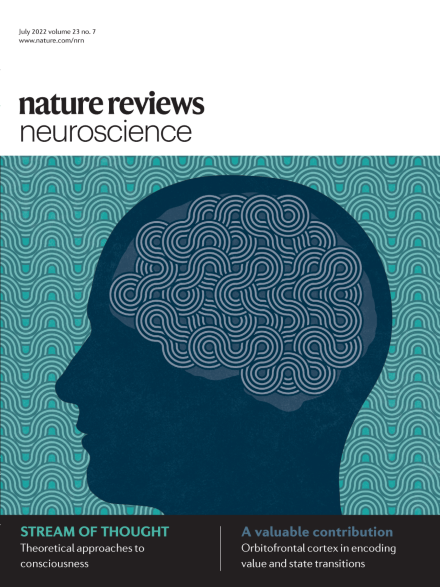
"Theories of Consciousness"
Anil K. Seth, Tim Bayne
Recent years have seen a blossoming of theories about the biological and physical basis of consciousness. Good theories guide empirical research, allowing a person to interpret data, develop new experimental techniques and expand their capacity to manipulate the phenomenon of interest. Indeed, it is only when couched in terms of a theory that empirical discoveries can ultimately deliver a satisfying understanding of a phenomenon. However, in the case of consciousness, it is unclear how current theories relate to each other, or whether they can be empirically distinguished. To clarify this complicated landscape, the authors review four prominent theoretical approaches to consciousness: higher-order theories, global workspace theories, re-entry and predictive processing theories and integrated information theory. They describe the key characteristics of each approach by identifying which aspects of consciousness they propose to explain, what their neurobiological commitments are and what empirical data are adduced in their support. They consider how some prominent empirical debates might distinguish among these theories, and outline three ways in which theories need to be developed to deliver a mature regimen of theory-testing in the neuroscience of consciousness. From this, they conclude that there are good reasons to think that the iterative development, testing and comparison of theories of consciousness will lead to a deeper understanding of this most profound of mysteries.